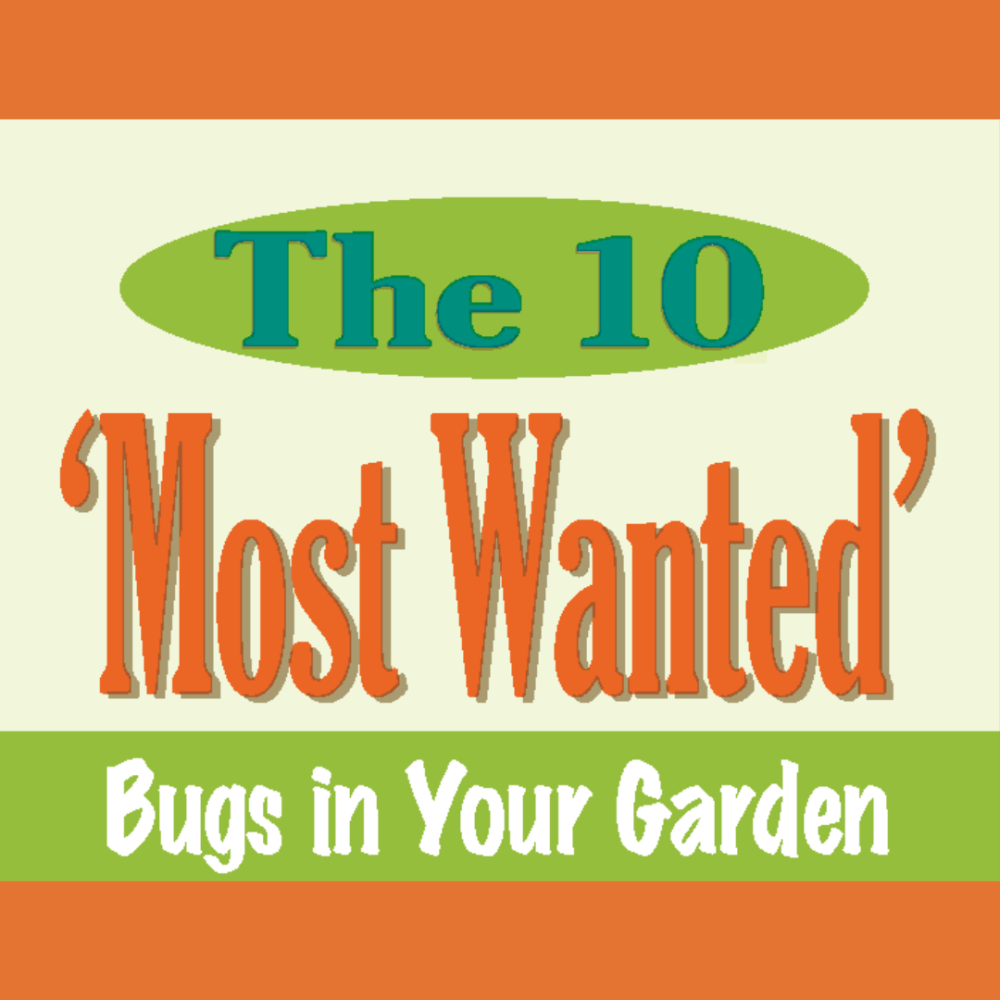
We have all had those annoying garden pests. Here are some suggestions on bugs that help keep pests out of your garden and the flowers that attract these bugs. To prevent pollution from stormwater runoff, the City does not use herbicides, pesticides or fertilizers in public parks, open spaces, or City right-of-way. Fortunately, there are great methods of pest control that don’t rely on toxic chemicals that harm watersheds. One such method is introducing pest-controlling insects in your garden.
Assessing the Line-up: 10 Beneficial Bugs that Consume Large Numbers of Pests or Pollinate Plants. Let them Serve your Garden!
- Green Lacewing: Loves devouring aphids, thrips, mealybugs, scale, spider mites, leafhoppers, and insect eggs. Often sighted around nectar-producing plants, like sunflowers, tansy, and buckwheat.
- Soldier Beetle: Loves munching on soft-bodied insects and aphids. Known to feed on the pollen of flowers like goldenrod and milkweed while waiting for its prey. Reports of sightings appear in early spring, shortly after aphids begin hatching.
- Dragonfly: Preys on unsuspecting flying insects like mosquitoes, flies and midges. Capable of catching prey in mid-air! Larvae (nymphs) live in water and are also efficient hunters eating mosquito larvae and other insects, snails and even small fish.
- Bee: Extremely skilled at pollination the flowers of many of our ornamental, fruit and vegetable plants. Usually seen in groups in the vicinity of flowers high in nectar and pollen including asters, sunflowers, mints, lavender, rosemary and sages.
- Syrphid Fly: Adults are known to be important pollinators. Larvae are usually found under leaves in the company of aphids. Adults have been seen lurking around ceanothus, sunflowers, feverfew and other nectar-rich flowers.
- Ground Beetle: Eats many soil-dwelling pests like slugs, snails, cutworms and root maggots. Usually hunts at night. Reported to be able to consume its body weight in food each day. Larva also feed on soil insects. Usually sighted hiding in soil or under rocks, dried leaves and mulch.
- Parasitic Wasp: Parasitizes the eggs of cutworms, cabbage loopers, codling moths, tomato hornworms, aphids, whiteflies, scales and other pests. These tiny, notorious wasps lay their eggs on or inside of pests or insect eggs and the larva eat the pest. Suspected of foraging for nectar on tiny flowers like alyssum, yarrow, tansy, and clover.
- Spider: Loves devouring aphids, thrips, mealybugs, scale, spider mites, leafhoppers, and insect eggs. Often sighted around nectar-producing plants, like sunflowers, tansy, and buckwheat.
- Ladybeetle: Gorges on soft-bodied insects like aphids, scale, thrips, mealybugs and spider mites. Both adults and larva eat large numbers of pests. Known to hang out on nectar-rich flowers like yarrow, clover and tansy.
- Tachinid Fly: Attacks unsuspecting caterpillars and beetles. Disguised as a hairy housefly, this parasitic insect lays its eggs on caterpillars, grubs and other insects. When the eggs hatch, the young (larva) tunnel into their victims and eat them. Often seen stealing the nectar and pollen of tansy, milkweed and Queen Anne’s Lace.
Flowers for Beneficial Insects
Most beneficial insects (beneficials) need to supplement their diets with pollen and nectar. You can attract them to your garden, and encourage them to stay and hunt for pests, by offering them a variety of nectar and pollenrich flowers. Plants with daisy-like flowers or plants with clusters of multiple small flowers are especially attractive to beneficials. Choose a diversity of plants that bloom at different times so that the beneficials can feed throughout the year. Many common garden plants suited to our Mediterranean climate will attract beneficials, including oregano, alyssum, borage, dill, angelica, cosmo, tansy, calendula and rosemary.
Natural Defenses
Many native plants have developed natural defenses to ward off insect pests and diseases. These defenses can eliminate the need for pesticides and reduce maintenance costs. Because native plants have adapted to grow in our specific climate, they often require very little care once established and are generally more tolerant of drought. The diversity of natives available offers gardeners great choices for both fragrant flowers and beautiful foliage – and provides food and habitat for our native birds, wildlife, butterflies, and beneficial insects. Early Fall is an ideal time to plant natives. The cool weather and rainfall will help young plants establish a healthy root system before colorful Spring blooms emerge.
Find more information on bringing pest-controlling insects to your garden in our OWOW brochure.
The City of Goleta along with the Cities of Buellton, Carpinteria, Solvang, Santa Barbara, Santa Maria, and the County of Santa Barbara have partnered with the OWOW organization to promote the use of less-toxic products in an effort to reduce pesticide pollution in our communities. By reducing pesticide use and the use of less-toxic products around the home, you can help reduce pesticides and other pollutants such as herbicides and fertilizers from being picked up while watering or when it rains and transported to the nearest storm drain inlet and into our waterways. The OWOW website is a great resource for finding less-toxic products to use around your home or garden.

